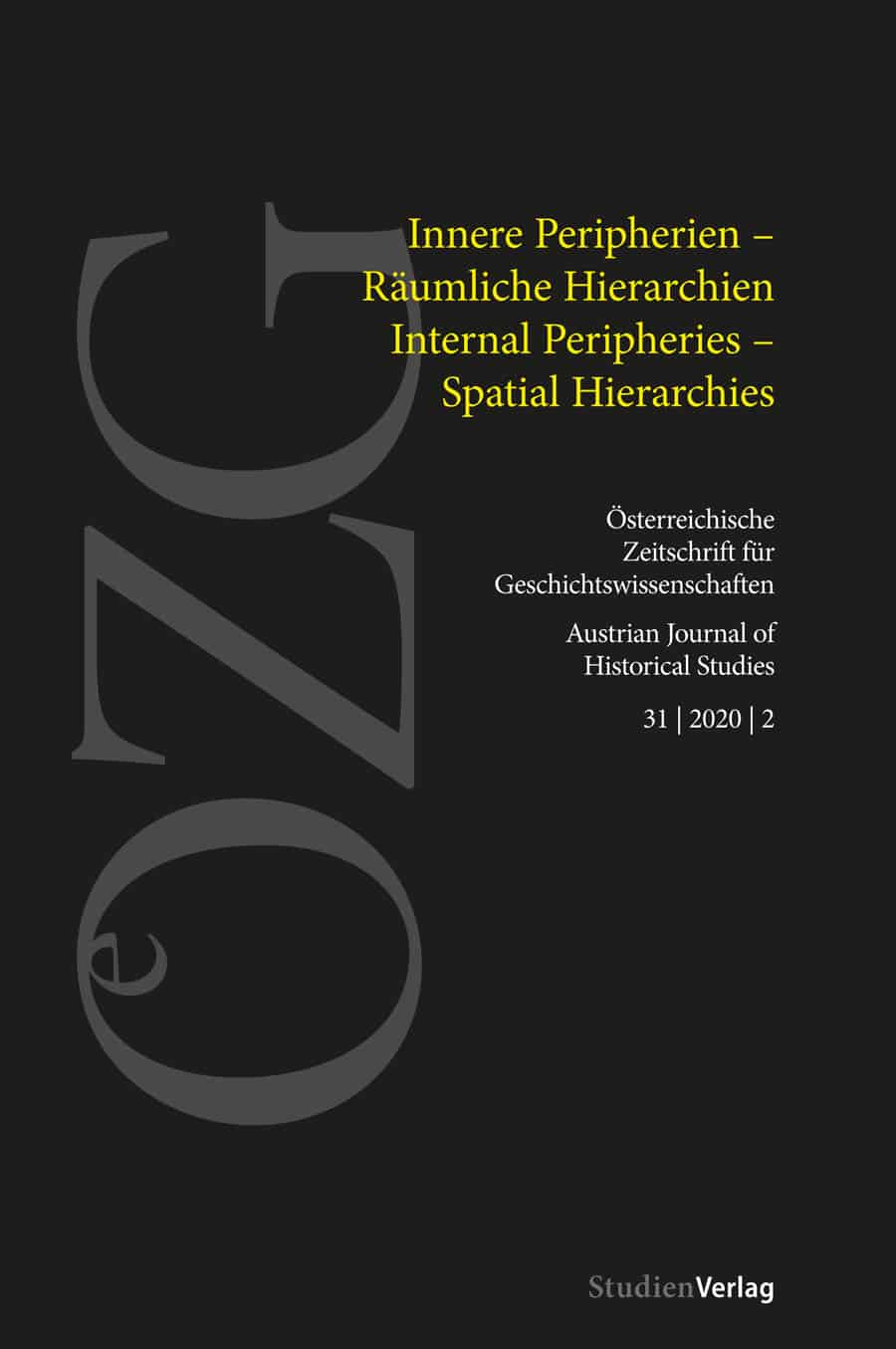nternal Peripheries as Research Approach.
The Emsland from the Middle Ages until Industrialisation
DOI:
https://doi.org/10.25365/oezg-2020-31-2-2Abstract
The article aims to show connections between capitals and provinces in a more precise fashion than traditional regional history has done. It starts with an overview of methods in the “internal peripheries” approach. The Emsland, a region in Northwest Germany with heathlands and poor soils, serves as a case study. Until 1803 it was part of the Prince-Bishopric of Münster. The number of “Heuerlinge”, a social group below the peasantry, increased from the 15th to the 18th century, which contri-buted to an overexploitation of natural resources by turning woodlands into heathlands. Economically the Emsland developed into a reservoir of cheap seasonal labour for the Netherlands, while politically the new border cut re-lations and the prince-bishop enforced Catholicism. During the short period when the Emsland was part of France labour costs and taxes rose. It was not before nineteenth-century industrialisation in Germany that these conditions changed.
Downloads
Published
How to Cite
Issue
Section
License
Copyright (c) 2020 Austrian Journal of Historical Studies

This work is licensed under a Creative Commons Attribution 4.0 International License.


